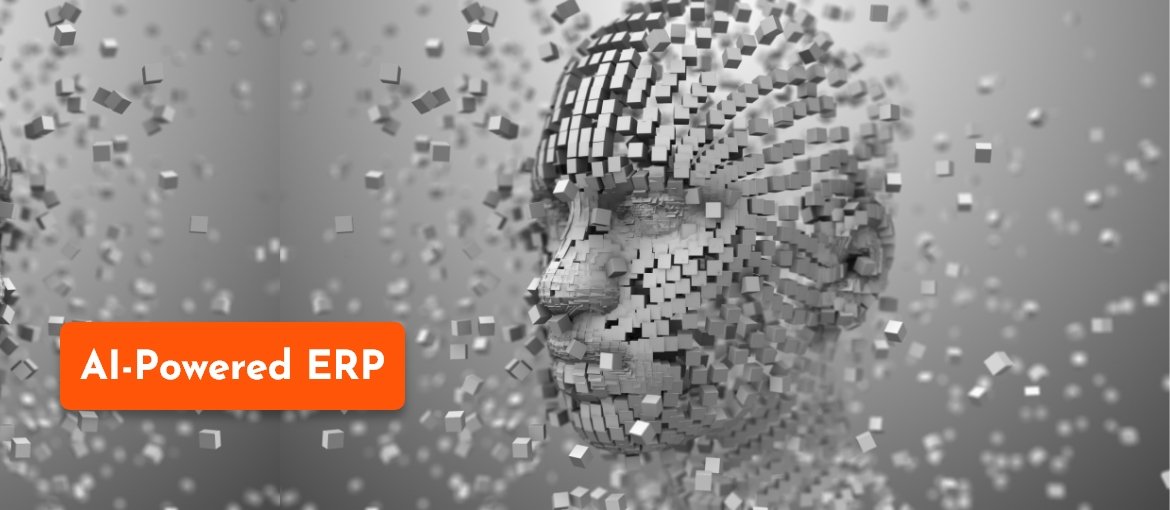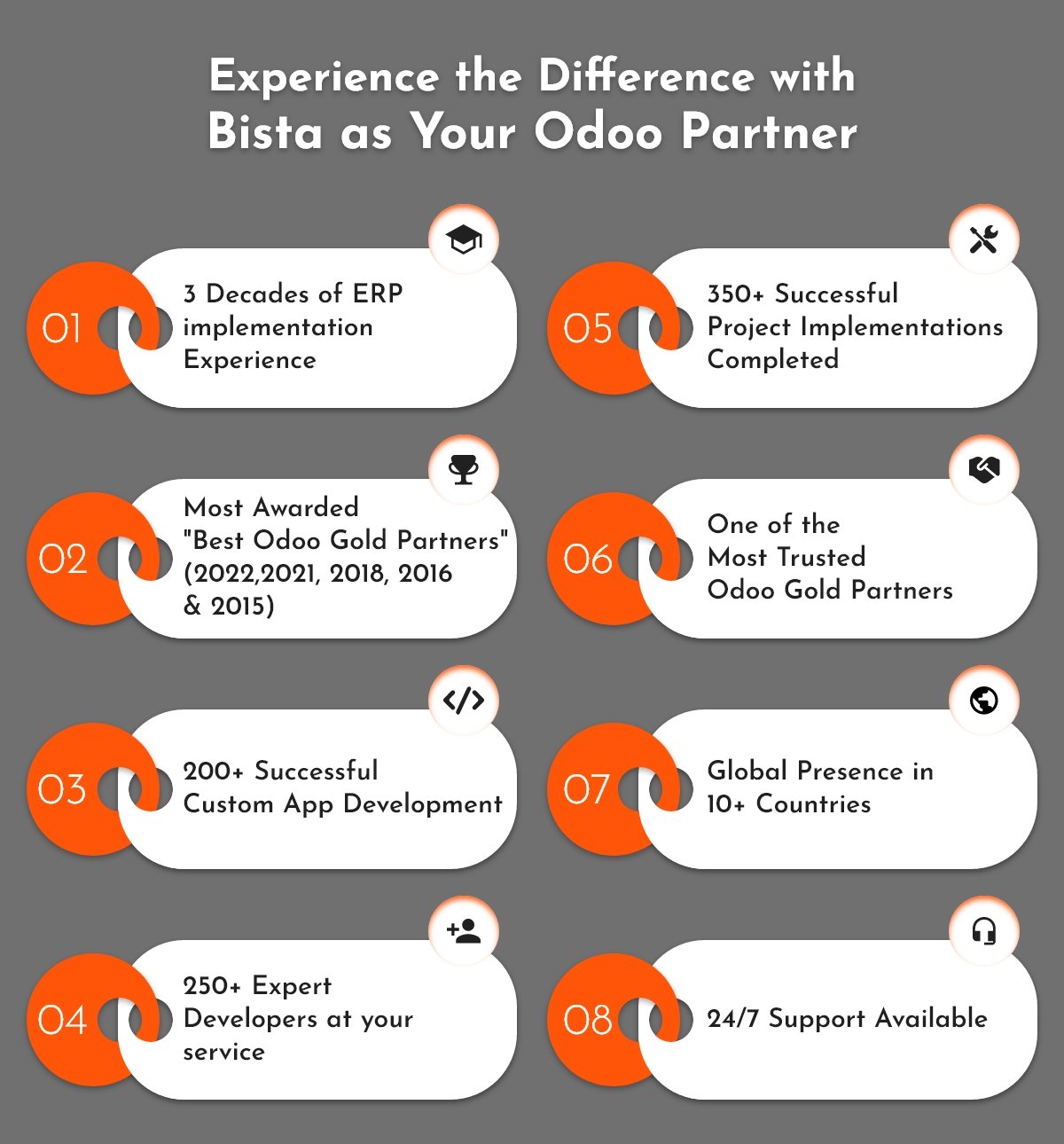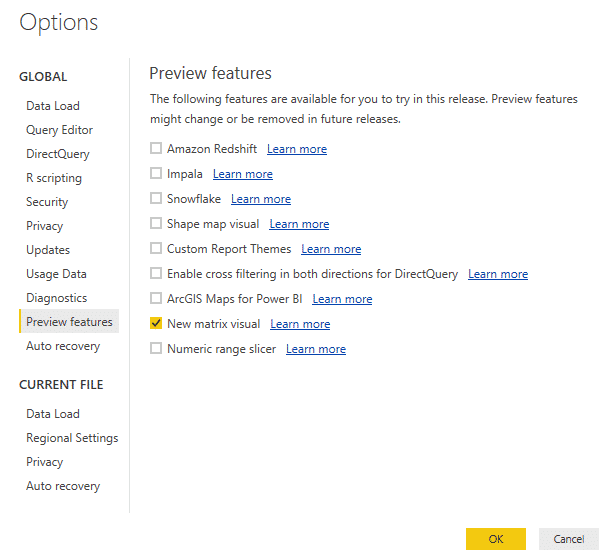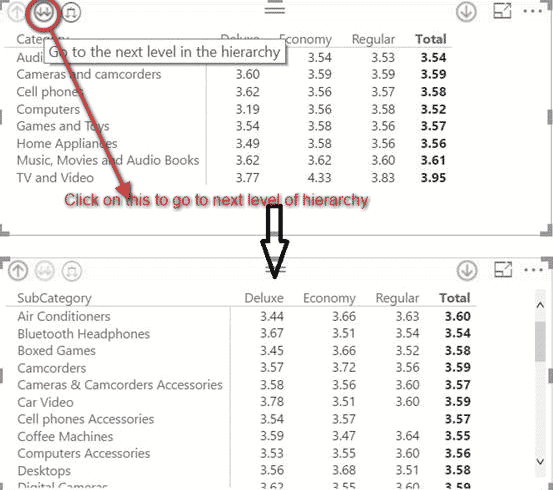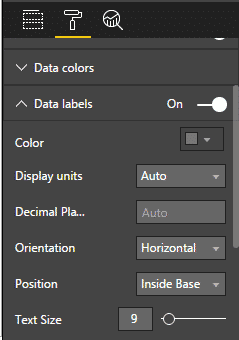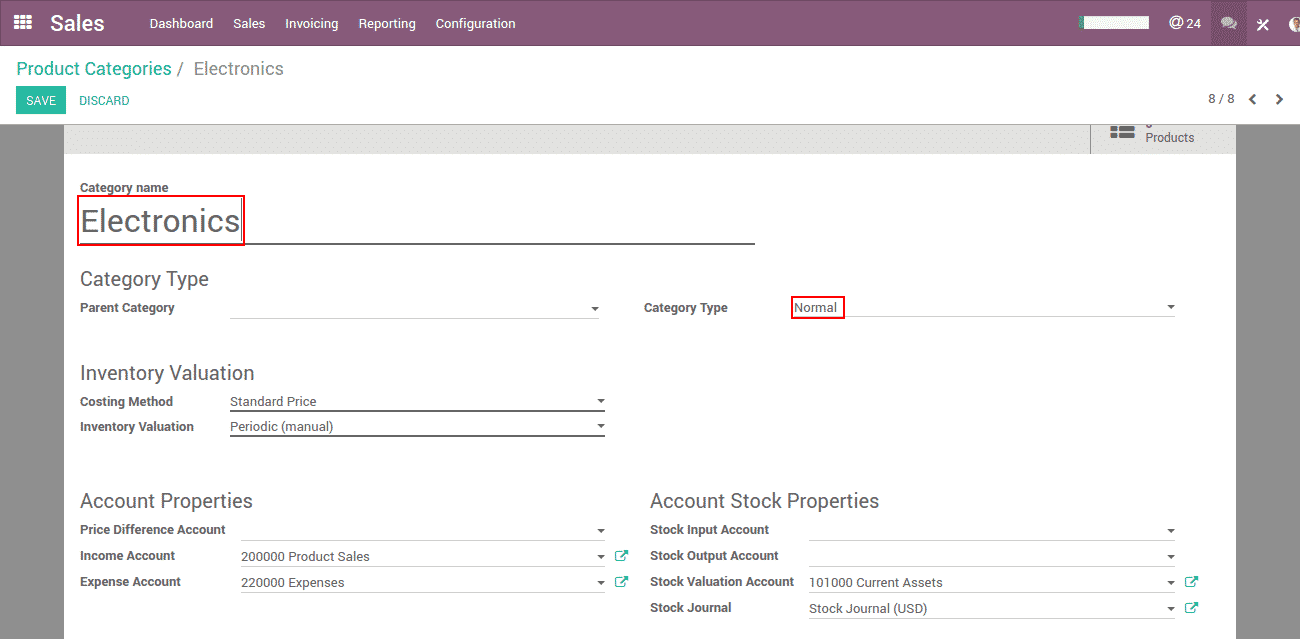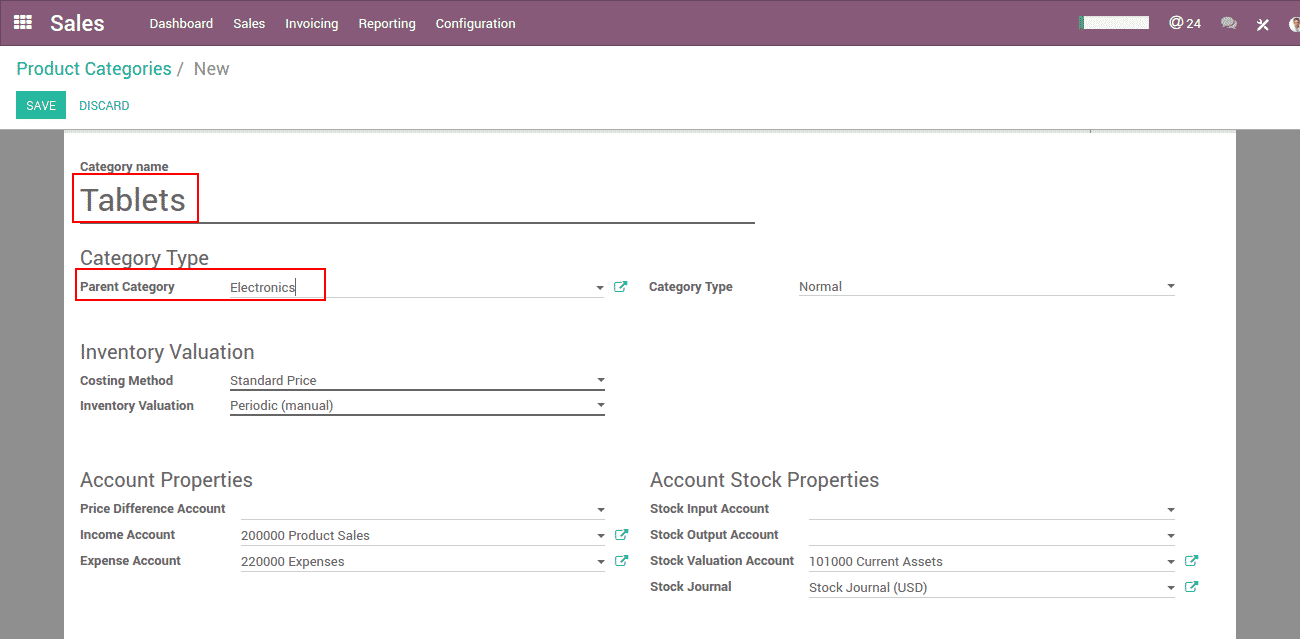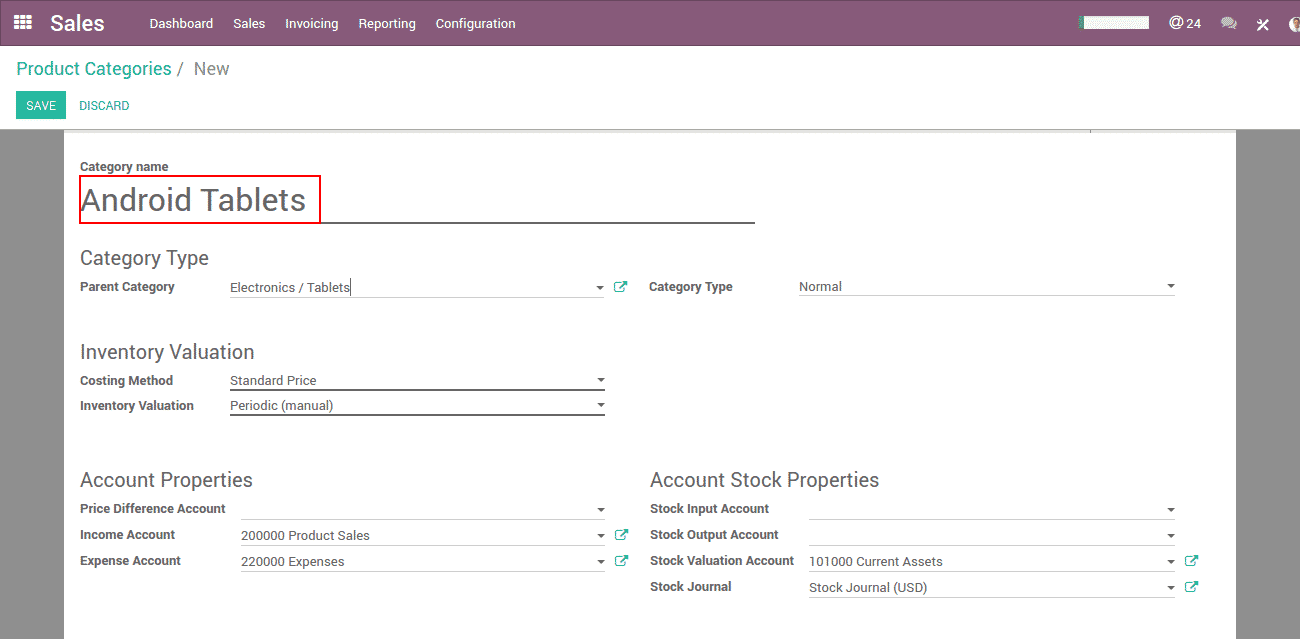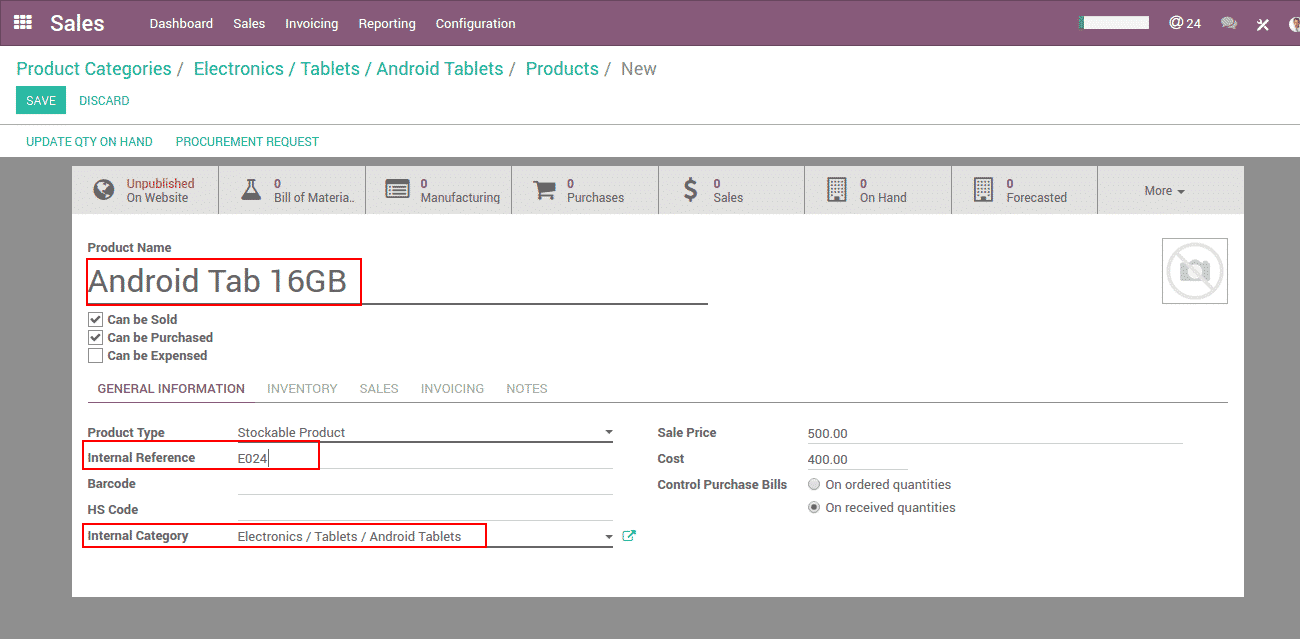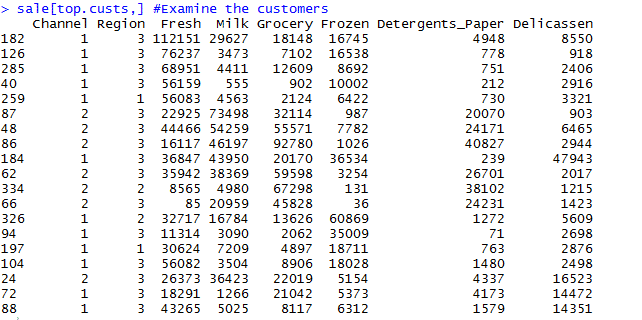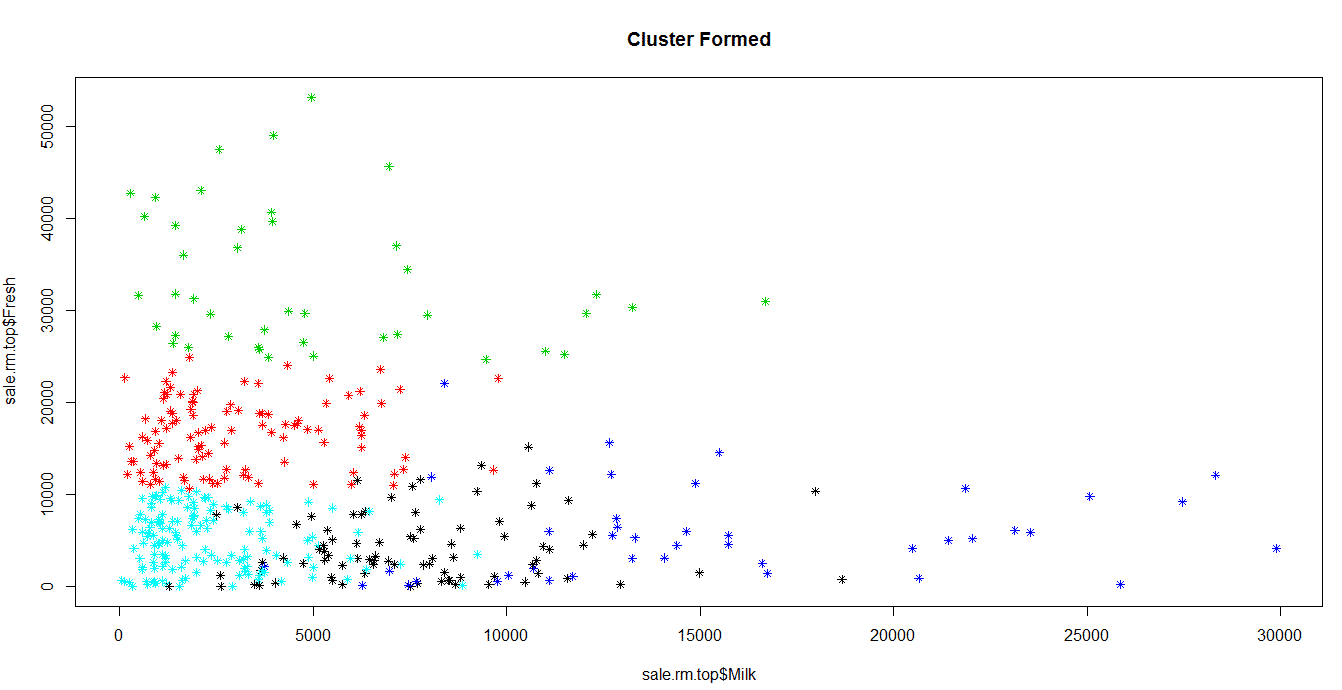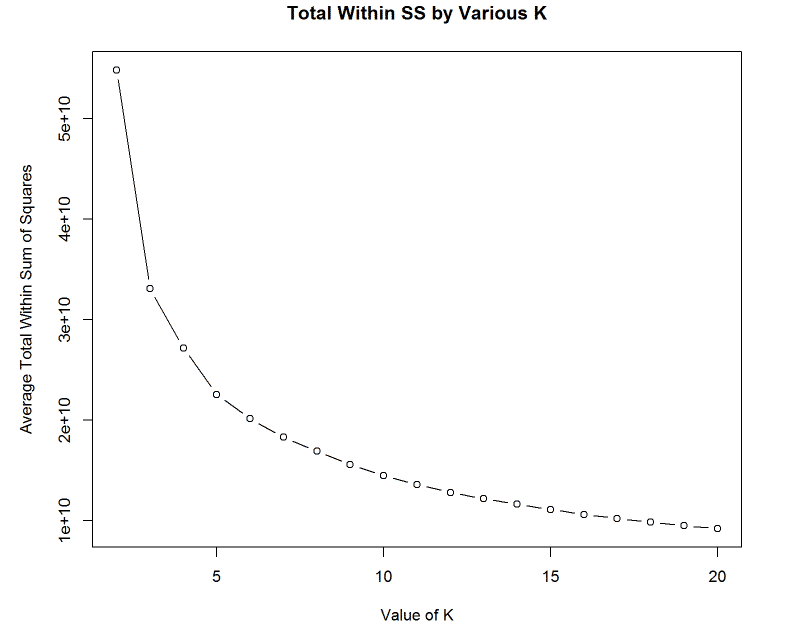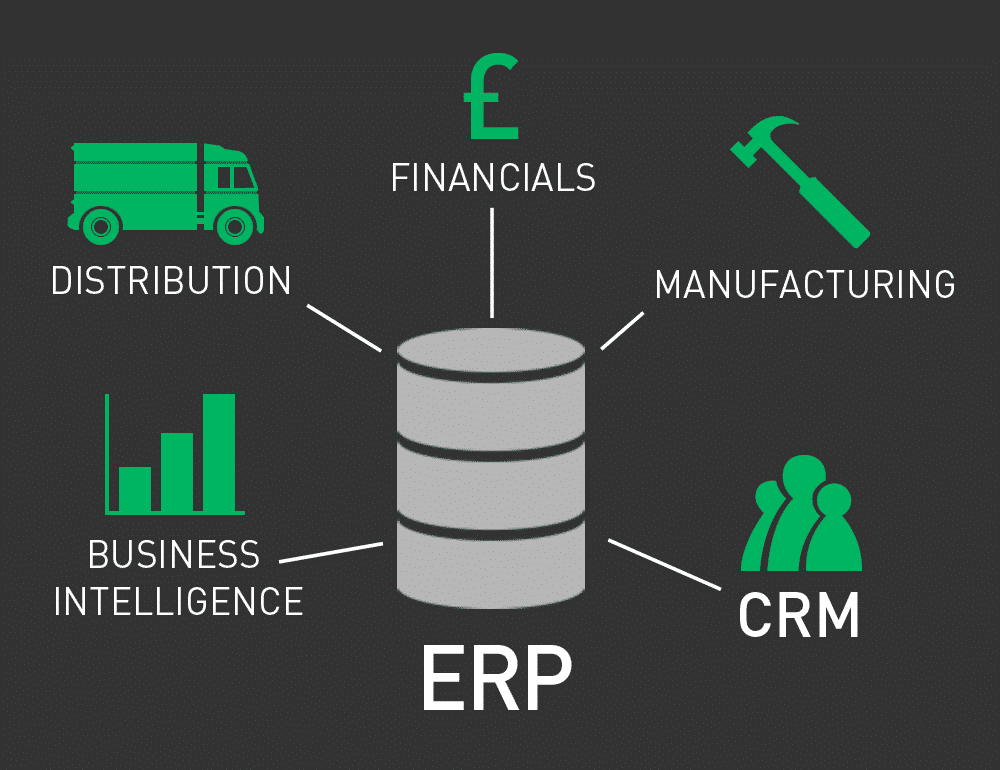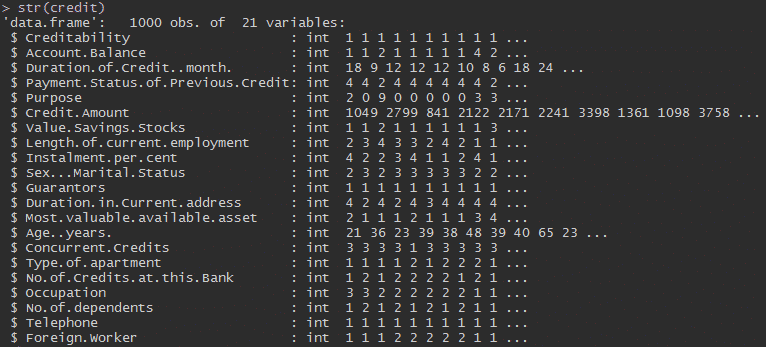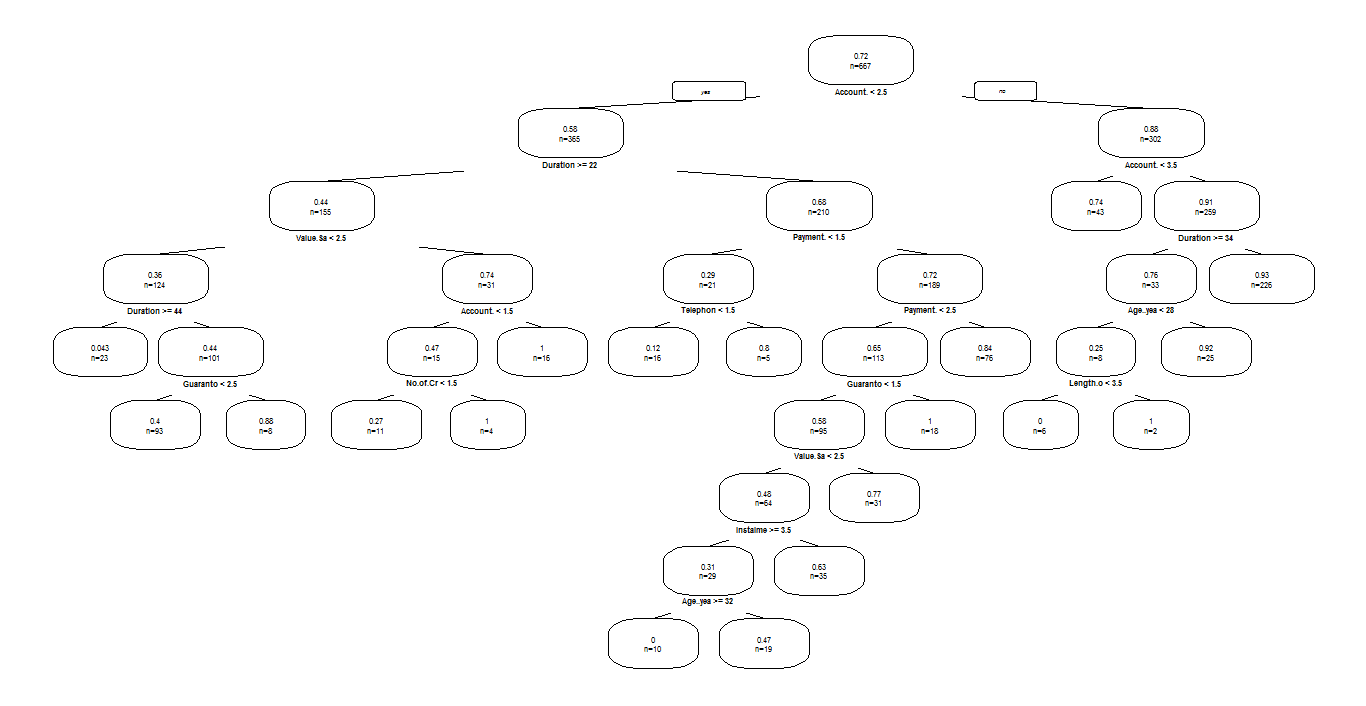5 Signs Its Time To Implement BI solutions
Introduction
Business Intelligence as a concept has been existing for a few centuries. With the breakthrough of supercomputers came the technological side of BI which meant completing a task faster than what it would take if it was to be completed by a human. Because the technology was expensive and required a lot of space it was not common for organizations to invest in technology for the purposes of using BI. Only when personal computers were invented and then tools like Lotus Notes and Microsoft Excel were accessible, organizations of all sizes ventured into using technology for BI purposes. These tools also gave users a chance to represent data in a graphical format thus allowing a better way of analyzing data and their business. But some organizations today still work in an archaic environment when it comes to data extraction and consumption. BI tools have made life much easier for processing data and organizations looking to adopt them should start evaluating their options.
Below are five signs which organizations can use as a checkpoint to evaluate if they need to implement a BI solution or not:
1 – When the ERP/CRM systems become data centers rather than business drivers
IBM had done some research a while back and came up with a conclusion that 85% of the data stored in different companies at various organizations is unstructured data. With technology becoming cheaper, it had become easier to store data for every organization be it small, medium or large. Furthermore, organizations wanted to store every form of data with the pretext that it might get used in the near or distant future. Whether the need would be for creating reference points in your business, having an audit trail of how your business behaved or making use of that data to get meaningful insights; organizations had no clarity about the objective and today some of them still don’t.
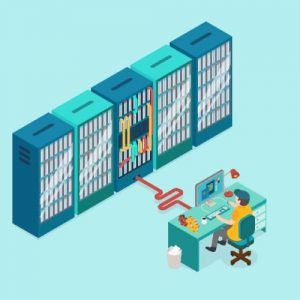
Most organizations are on still sitting on large amounts of data and are not aware of how and when to use it. This had led to experts coining the term ‘Dark data’, data that is sitting idle without being used for direct or indirect monetization.
However, over the last few years, certain organizations have found it difficult to optimize their business whether it was to decrease costs or increase their earnings. In such scenarios, they can make use of this huge data mass which can give them enough intelligence about what part of the business they need to focus on. Furthermore, it can help them drive the positive and negative decisions they had made thus helping them change their business strategy.
2 – When your goals and results do not follow the same trend
Every organization can stay competitive and grow only if it sets challenging goals. And the direction of goals whether increasing or decreasing signals the direction the organization is moving in. This is the reason why quarterly results are a much-awaited event for the executives running the organization. The reason for a poor quarter or a poor year cannot be attributed to a few factors without investigating if they directly contribute to that result. And this investigation into whether your hunch i.e. human intelligence and the actual contributor’s match is where business intelligence comes into the picture.

For example, if airlines and transport companies want to identify the reasons for reduced earnings or a loss during a specific period, they do not have to search for a variety of reason. They can immediately look at fuel prices first and attribute the poor result due to its price instability. But every other organization from a different industry must investigate the exact reasons for the bad performance and even more so in the case of increased earnings and/or profit. Unless the underlying factors for the growth or downfall are not identified the direction in which future goals are set and the results they achieve might be completely opposite. The only way organizations can identify them is by using business intelligence to their advantage.
3 – When you refuse to get rid of the spreadsheet virus
Spreadsheets gave us the easiest and fastest way to process, manipulate and consume data in a structured format. Even today the first tool organizations use to view data is a spreadsheet. But their choice to view and process data remains static while the business scales and expands. This brings out most of the hindrances in identifying business gaps while using data. The growth in business directly increases the size of data and type of data thereby breaking the size barrier which spreadsheets have. Furthermore, the lack of scalability of spreadsheets leads to data silos because the different types of data cannot be accommodated in one single source.

At a high level, spreadsheets work for reporting purposes but when it comes to drilling down into the various levels of data they pose a huge hindrance. BI tools have therefore involved encountering such situations providing the flexibility to slice and dice data without any limits to the size of data. Furthermore, they also help link data sources from the different platform in your architecture and derive conclusions if one affects the other or not. Once the analysis has been done BI tools also provide an easier way of sharing that information irrespective of data size being used which the spreadsheets are not capable of.
4 – When all your information exists in silos and cannot communicate with each other
Traditional ERP systems have been structured in a way that each business function has had its own modules and data, therefore, resides on its own. Also, organizations trying to get the best out of the ERP systems ended up getting different ERP systems for each business function. Now each ERP system might have a different architecture and different ways of storing and retrieving data, creating a nightmare for the those trying to mash all of it at one place.
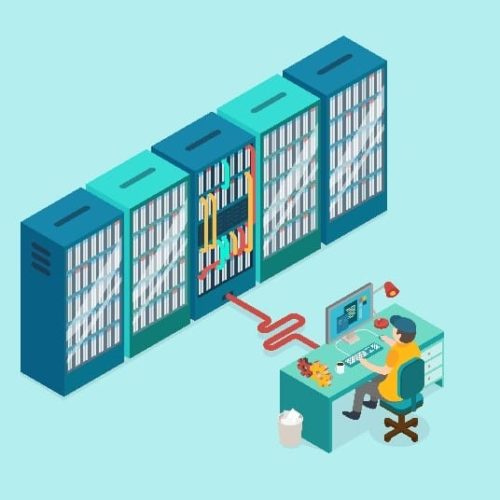
BI systems right from the beginning have given the freedom to blend data from different platforms. And today they have made data joining even more revolutionary by allowing users to integrate it in any which way they want without worrying about the different types of source of data. BI tools have thus allowed organizations to gain insights into their data without the requirement of a large turnaround time which was required for extraction, joining and data validation. Moreover, BI tools have also added the functionality to save this conjoined data set from different sources into a single source for analysis and reporting. This has made decision making based on data analysis much easier and faster.
5 – When you are overly dependent on your IT team for every report
Historically the IT department was the first business unit to have access and permission to automate and use technology for improving business decision making. With the advent of complex ERP systems and reporting environments, the business became even more dependent on IT to get any data or information about the business. This progressed onto the decision to choose which systems and tools would help the organization make better business decisions; the IT department had all the control. Because report making and creating complex dashboards was a technical process business users stayed away from it thus making IT a bottleneck to get information and data from.

The evolution of BI tools removed this barrier and allowed an easy way of accessing data and reports as required by the end user. Most BI tools today are extremely intuitive in their functionality and the process of creating various reports, visualizations, and complex dashboards. As explained earlier, business users do not have to depend on IT to get data from various sources as BI tools give them the platform to get data into one single location.
For more insights on Business Intelligence feel free to get in touch with us through sales@bistasolutions.com, you can also write your feedback on how this blog has helped you at feedback@bistasolutions.com.


